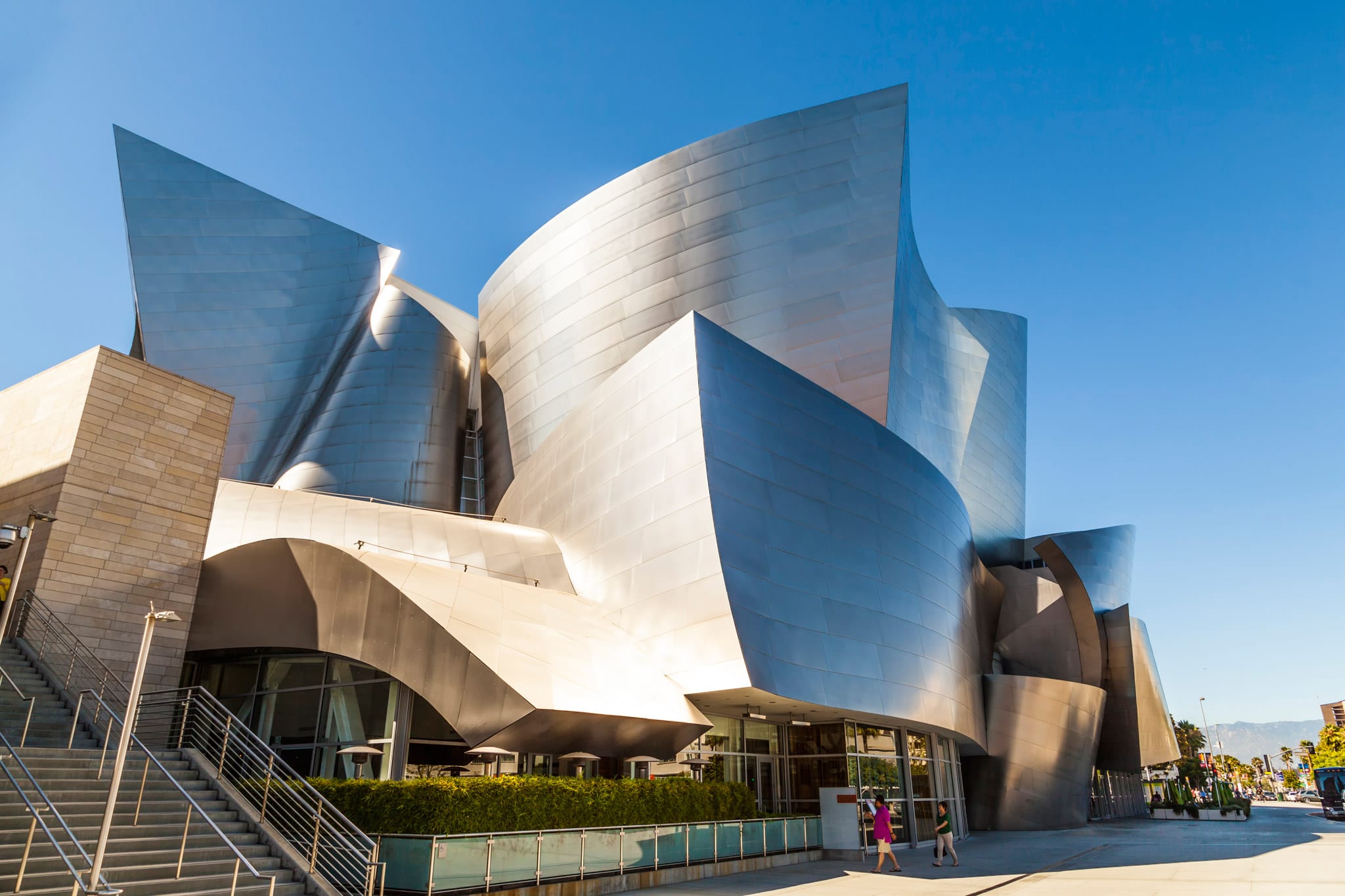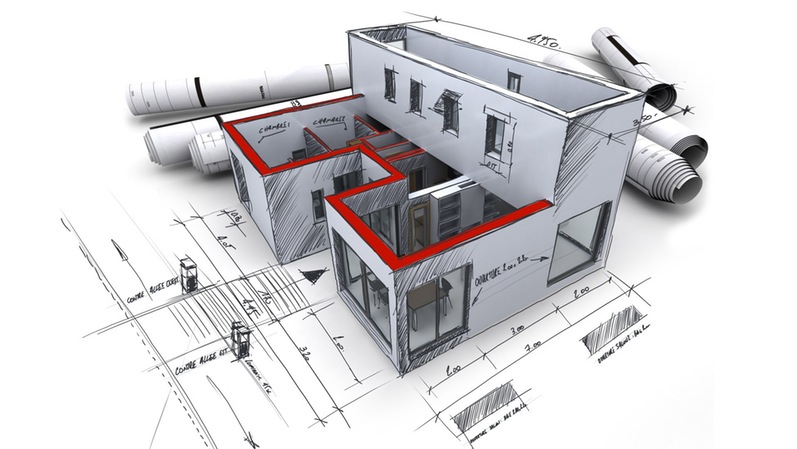Transforming Areas: The Vision of CDA Architects for Modern Living
Transforming Areas: The Vision of CDA Architects for Modern Living
Blog Article
The Effect of Technological Improvements on the Style Practices of Contemporary Architects
The rapid advancement of technical devices has significantly improved the design landscape for modern designers, cultivating unmatched degrees of technology and sustainability. The combination of Building Information Modeling (BIM), parametric design, and expert system has not just structured partnership amongst diverse teams but likewise redefined project execution. As engineers embrace these developments, they are faced with complicated difficulties that could affect their innovative processes. Checking out these dynamics discloses a nuanced interplay between technology and typical layout approaches, prompting a better evaluation of what the future holds for building techniques.
Advancement of Architectural Devices
Just how have architectural devices transformed the style and building and construction procedures over the centuries? The development of building tools has significantly influenced the efficiency, accuracy, and creativity of style and construction. In ancient times, architects depend on rudimentary tools such as plumb bobs, determining rods, and fundamental geometry to produce frameworks. These devices laid the foundation for very early building method, enabling for the building of famous structures, albeit with restrictions in accuracy and intricacy.
With the development of the Renaissance, the intro of the compass and the protractor noted a pivotal shift. These tools made it possible for architects to attain greater precision in their styles, facilitating the emergence of more detailed and proportional structures. The Industrial Revolution even more reinvented architectural exercise with the intro of mechanized devices and products, allowing for larger and extra ambitious projects.
In the 20th century, the growth of computer-aided design (CAD) software application changed the landscape once more, providing designers with unprecedented abilities in modeling and visualization. Today, advanced devices such as Structure Information Modeling (BIM) and parametric style software application remain to press the limits of building technology, allowing a more integrated approach to layout and building processes.
Improved Partnership in Style
As innovation proceeds to evolve, improved partnership in layout has come to be a keystone of contemporary building technique. The assimilation of digital devices such as Building Details Modeling (BIM), cloud-based systems, and advanced visualization software has transformed the method architects, designers, and stakeholders interact throughout the design procedure. These tools promote real-time interaction, enabling groups to share concepts, alterations, and responses instantly, no matter geographical place.

Additionally, interdisciplinary cooperation has actually been structured with these technological advancements, making it possible for architects to function extra closely with other experts, such as city coordinators and ecological consultants. The result is an extra cohesive strategy to create that takes into consideration various viewpoints and proficiency. Ultimately, improved collaboration in layout is not merely a trend; it is essential for producing innovative, functional, and visually pleasing architecture in a progressively complex globe.

Sustainability With Modern Technology
Sustainability in style has increasingly become intertwined with technological advancement, driving the sector toward ecologically accountable methods. Contemporary engineers are leveraging innovative innovations to lessen environmental effect while enhancing the performance of buildings. cda architects. One noticeable instance is making use of Building Details Modeling (BIM), which permits specific planning and source appropriation, minimizing waste during building and construction and advertising energy performance throughout a structure's lifecycle
Furthermore, smart products and energy-efficient systems are being incorporated into layouts to enhance source usage. Technologies such as solar cells and environment-friendly roof harness renewable resource sources, adding to lowered carbon impacts. Furthermore, the application of expert system in design procedures enables engineers to imitate and examine energy usage, leading choices toward more sustainable results.
The assimilation of lasting modern technologies not only straightens with global ecological objectives yet additionally satisfies a raising demand from consumers for environment-friendly options. As designers welcome these advancements, the emphasis changes towards producing rooms that are not only cosmetically pleasing but likewise functionally sustainable, thereby redefining the standards of contemporary architecture. In this way, technology offers as a driver for sustainability, making it possible for engineers to develop structures that regard and you can try this out boost the all-natural setting.
Obstacles in Implementation
While technological improvements in style hold terrific guarantee for improving sustainability, their implementation commonly runs into substantial challenges. One primary challenge is the steep understanding contour related to brand-new innovations. Engineers and building professionals might need extensive training to successfully use sophisticated software and devices, which can delay job timelines and raise prices.
In addition, the combination of emerging technologies, such as Structure Info Modeling (BIM) and sustainable materials, usually requires collaboration across multidisciplinary teams. This cooperation can be impeded by differences in competence, operations, and interaction styles, causing potential conflicts and inadequacies.

Additionally, governing frameworks and building ordinance might not maintain speed with technological advancements, producing ambiguity and possible conformity problems. This obstacle can dissuade engineers from fully embracing new technologies, as the danger of non-compliance may outweigh the benefits. Therefore, dealing with these application obstacles is critical for the effective assimilation of technical improvements in contemporary architectural methods.
Future Trends in Style
The obstacles connected with the application of brand-new innovations in style have actually motivated a reevaluation of future fads within the sector - cda architects. As designers navigate concerns such as sustainability, urbanization, and social equity, they are progressively taking on ingenious modern technologies to improve style performance and environmental efficiency
One famous fad is the combination of expert system (AI) in the style process. AI devices can evaluate huge datasets to inform layout choices, boosting both creative thinking and functionality. Structure Details Modeling (BIM) continues Discover More to advance, making it possible for real-time collaboration amongst stakeholders and promoting structured job monitoring.
Lasting style methods are additionally gaining energy, with engineers concentrating on adaptive reuse and regenerative layout concepts that lessen source consumption and waste. The unification of clever products and renewable resource resources will certainly even more boost the strength of structures when faced with climate adjustment.
In addition, the increase of parametric layout allows for even more personalized and context-sensitive building services (cda architects). By using these developments, engineers are positioned to develop developed environments that not only attend to the prompt needs of culture yet also expect future obstacles, consequently redefining the duty of style in an ever-changing world
Final Thought
Technological developments have actually substantially improved architectural style techniques, assisting in improved accuracy, collaboration, and sustainability. The integration of devices such as Structure Info Modeling and parametric style software application, together with expert system and smart materials, empowers engineers to attend to complicated difficulties better. While execution might offer certain obstacles, the ongoing development of these technologies assures to drive advancement in architecture. Future fads will likely even more emphasize sustainability and efficiency, eventually redefining the pop over to this site constructed atmosphere.
Report this page